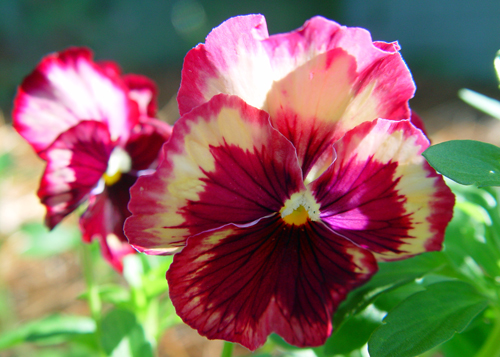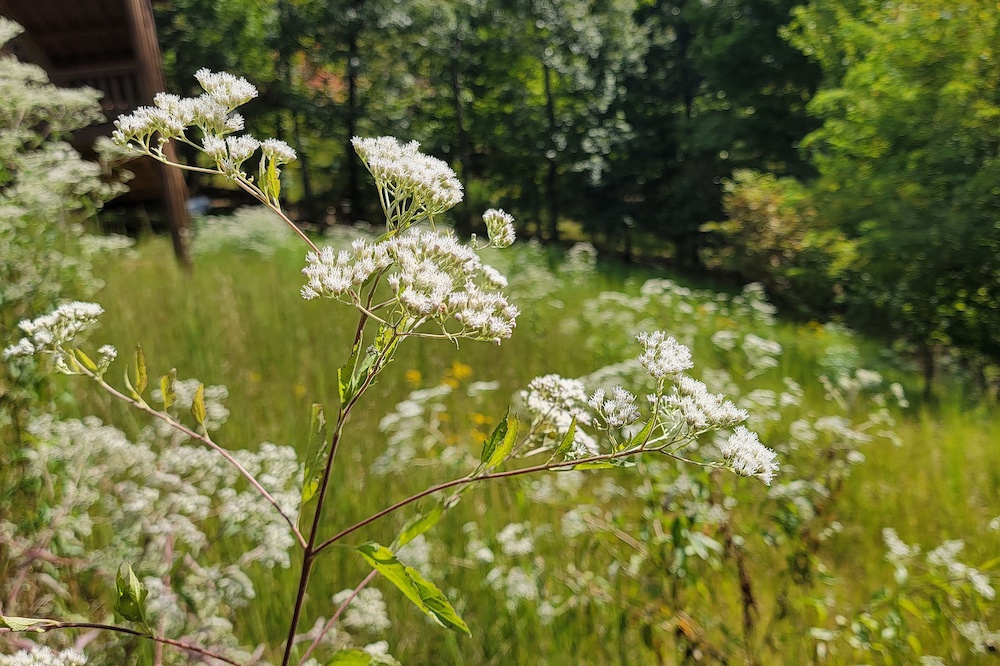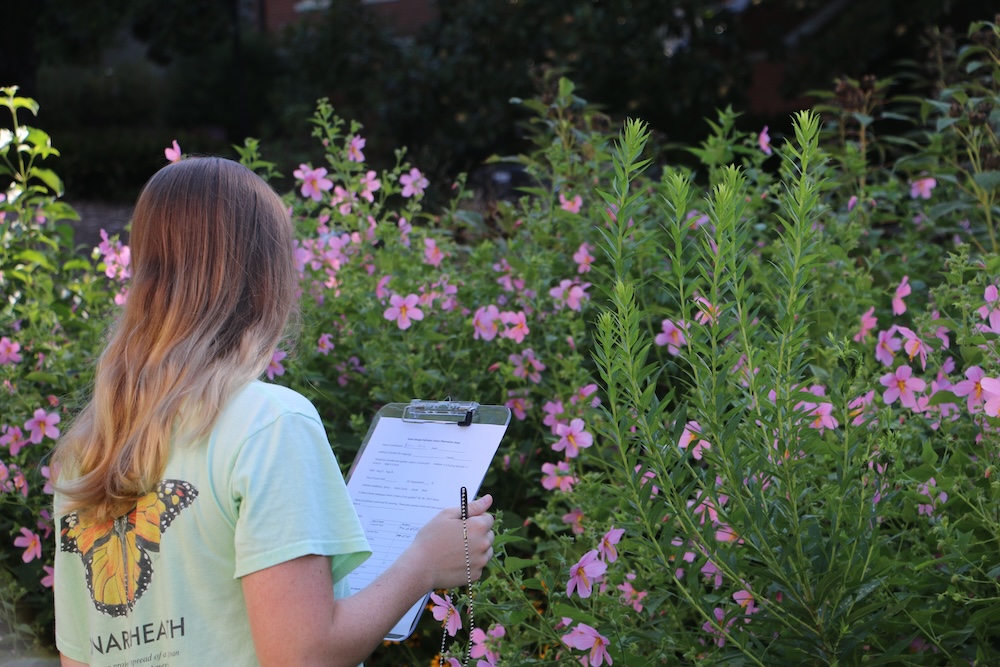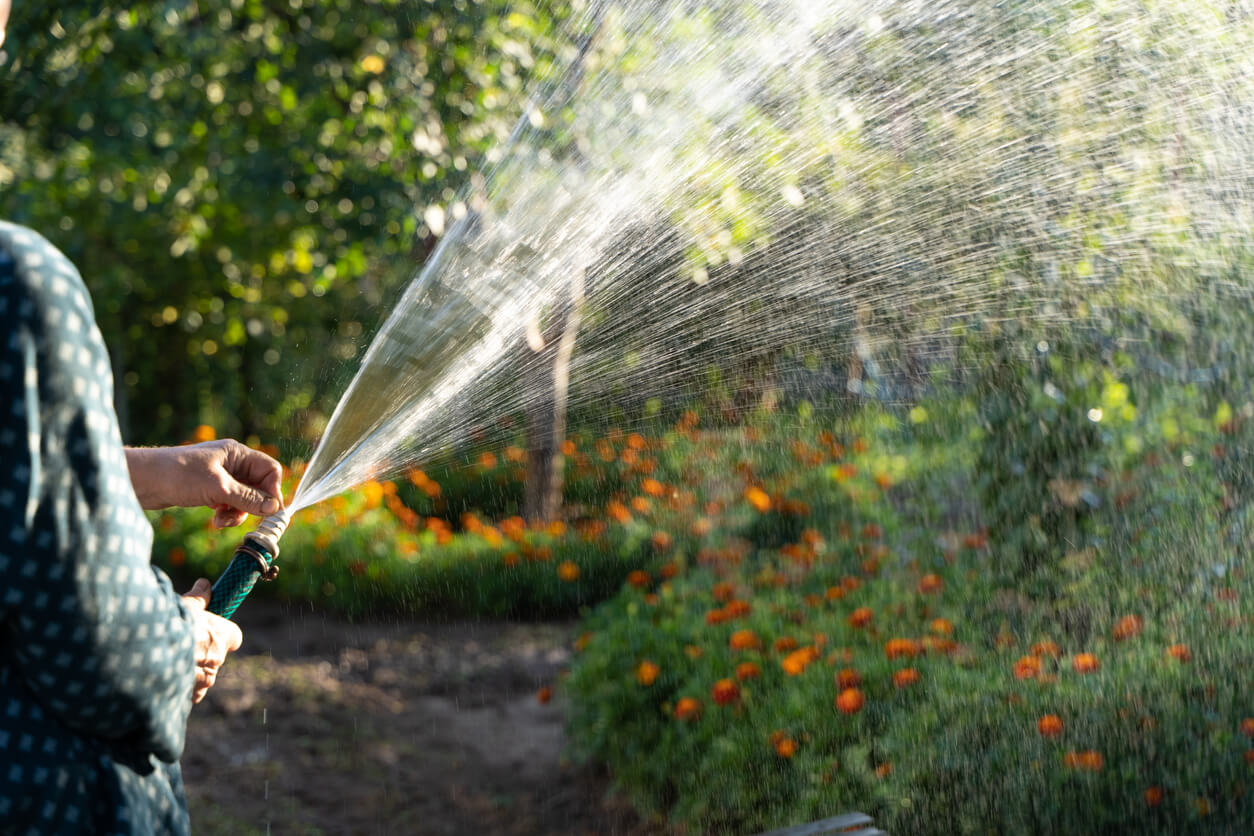Pansies are a great winter flower. We plant and enjoy them in the fall, which gives them a good opportunity to get established, or as I like to say, “make themselves at home.”
During the winter, they get frozen, thaw and grow again. It’s nice to see them poking their happy faces out from under a dusting of snow or encased in a clear coat of ice (as long as it’s short-term ice). It takes very cold weather to kill pansies once they’re established; however, they may start to look run down and have fewer blooms.
Tiny blooms?
The other day, I noticed the blooms on my pansies are about half the size now of what they were around a month ago. How can we perk them up?
Once flowers die, remove them. Flowers that remain can produce seedpods. To produce seeds, the plant uses a lot of energy that could instead be used for making more flowers. Pinch or cut off all seedpods and dead flowers every week or two.
Winter rains leach fertilizers. And this winter we’ve had our share of rain and then some. Fertilize beds with liquid fertilizers every two weeks. Pull weeds that may be using fertilizer, and mulch beds with pine straw.
Too much water will cause root rot
Cloudy, wet weather can also spoil the flower show. Pansies need moisture, but too much of it will rot the roots. Plant pansies on raised beds, if possible. Build them up by adding soil and compost until beds are 6 to 8 inches taller than the surrounding soil. Raised beds drain better, are less waterlogged and warm more quickly in the spring. Pansies planted on raised beds are also easier to see.
Remember, pansies do best if planted between Oct. 15 and Nov. 1. They can be planted before and after these dates, but may not do as well. If planted too early, they grow for too long and are more susceptible to cold later. Late planted pansies do not get established enough before cold weather and may never do well.
To grow pansies in containers, just be sure your pots or boxes have adequate drainage holes.
As the days get warmer, pansies will get leggy and the colors less vibrant. You can chose to remove them at that point, or wait until they completely succumb to the summer heat. Try replacing them with some Wave petunias for a burst of color that can take on the heat.
For more information on pansies or other garden plants, see the University of Georgia Cooperative Extension publication website at www.caes.uga.edu/publications.








